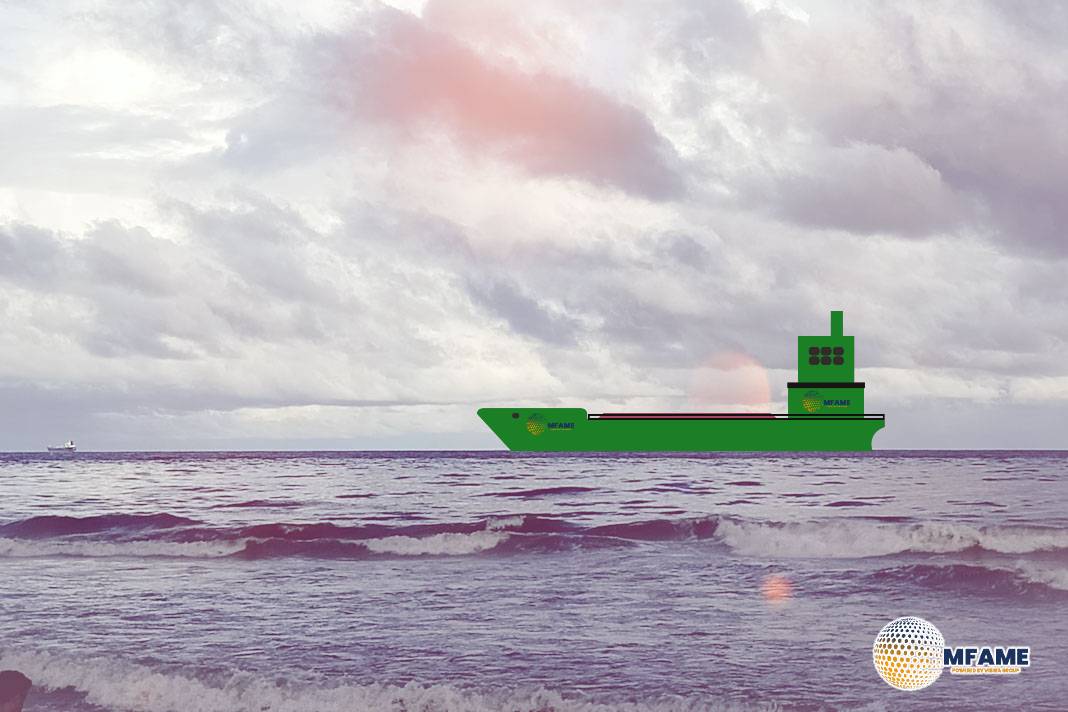The VLCC (Very Large Crude Carrier) freight market has shifted back to a charterer-led environment, reversing the slight upturn observed in mid-July. This change is driven by renewed pressure from charterers and an abundant supply of vessels. Concurrently, oil prices are facing downward pressure as OPEC+ increases production.
VLCC Freight Market Under Pressure
- Reversal of Gains: The modest gains in VLCC rates witnessed in mid-July have been undone, with rates in both the Arabian Gulf (AG) and West Africa (WAF) now under pressure.
- Charterer Dominance: Charterers have regained control by deliberately slowing down their inquiries for early August cargoes. This cautious behavior, coupled with ample vessel availability, has tipped the supply-demand balance in their favor, leading to lower rates and a weaker market sentiment.
- Arabian Gulf Sluggishness: The early-August fixing window in the AG was notably slow, allowing charterers to take their time in evaluating options. A lengthy list of available tonnage forced owners into aggressive competition for limited opportunities, preventing any significant rate increases.
- West Africa Mirrors Trend: West Africa exhibited similar trends. Despite a brief increase in cargo inquiries mid-week, it lacked the sustained momentum needed to tighten the market. The region continues to have an overhang of available VLCCs, with charterers showing little urgency to fix early.
- Outlook: Unless there’s a substantial reduction in vessel availability or a sharp increase in demand, VLCC freight rates in both the AG and WAF are expected to remain depressed into early August.
Oil Prices Under Renewed Pressure as OPEC+ Adds Barrels
- Subdued Market: Recent weeks have been relatively calm for oil markets, with geopolitical risks subsiding and demand projections remaining stable.
- OPEC+ Production Increase: The addition of OPEC+ production to the market has made it challenging to find a catalyst for a sustained increase in oil prices. OPEC+ has committed to increasing production by 548,000 barrels per day (bpd) in August 2025. This move is seen as a strategic effort by OPEC+ to regain market share after years of disciplined output restraint.
- Price Stability and Oversupply Concerns: Consequently, Brent crude has reverted to and maintained a stable trajectory within its familiar $65–$70 per barrel range. However, the increase in production by OPEC+, coupled with what is still considered fragile global demand growth, raises concerns about a potential market oversupply.
- Industry Discussion: The risk of oversupply is now being openly discussed by major industry players, potentially signaling a significant shift in OPEC+’s strategy, with broad implications for the oil exploration and production landscape. While global oil demand growth forecasts have slightly increased, they still fall significantly below historical levels, amplifying the risk of oversupply as more barrels enter the market.
It’s Free Click here to Subscribe!
Source: Breakwave Advisors


















